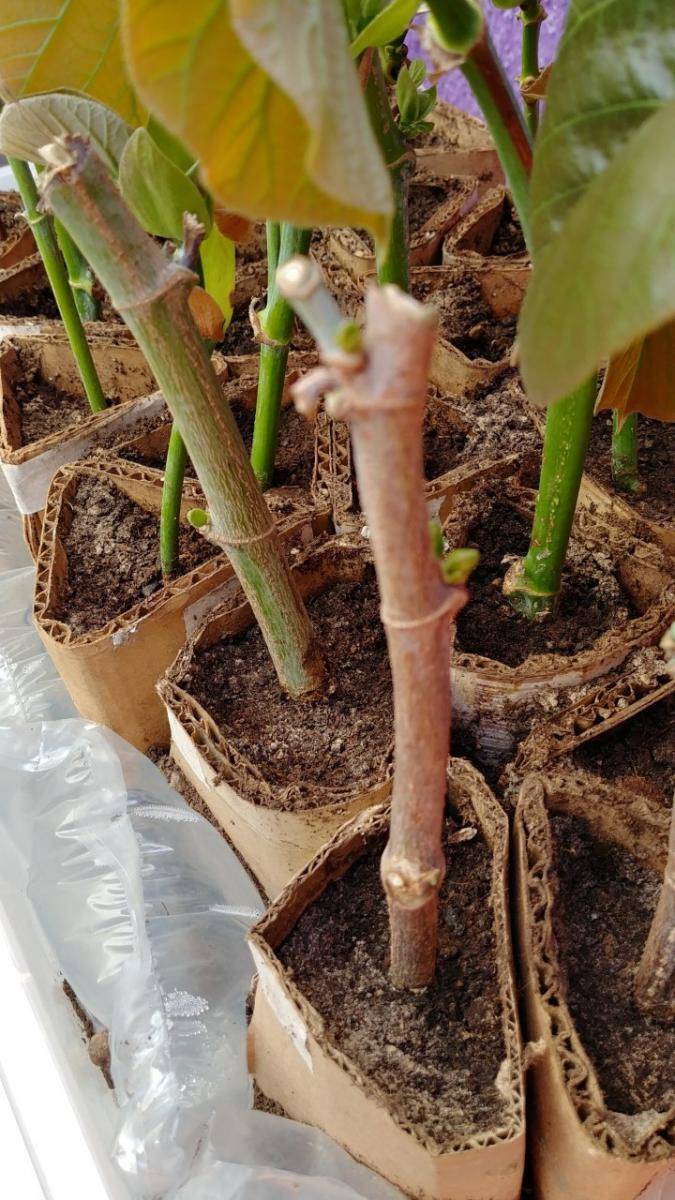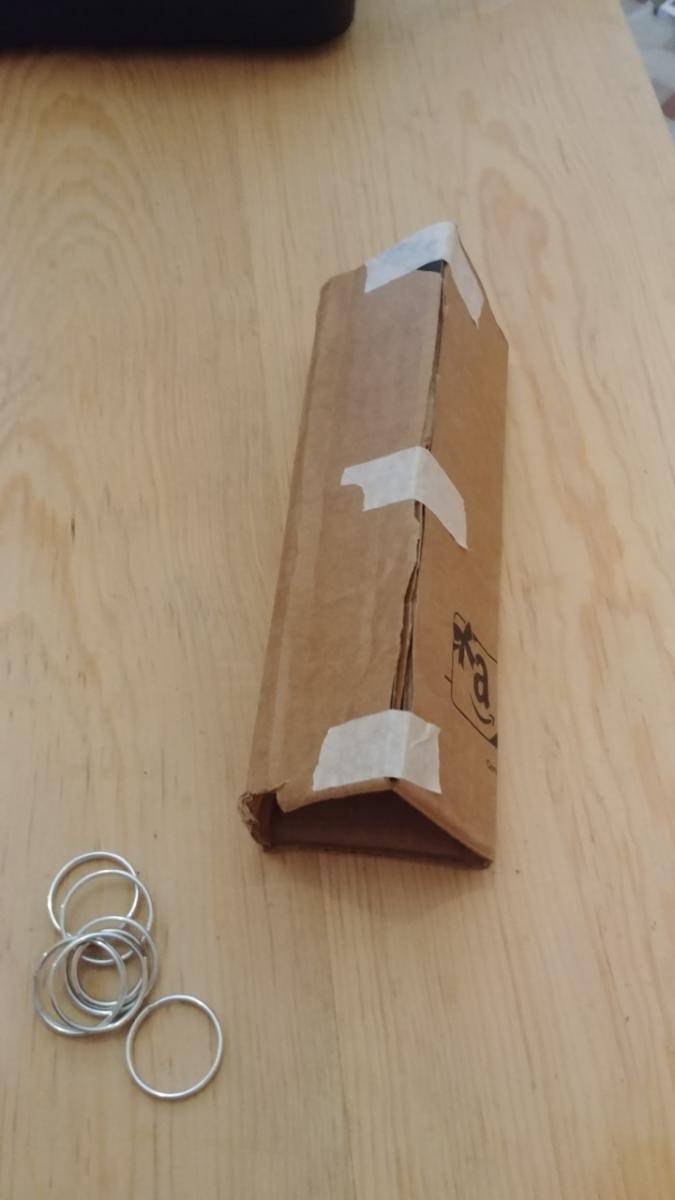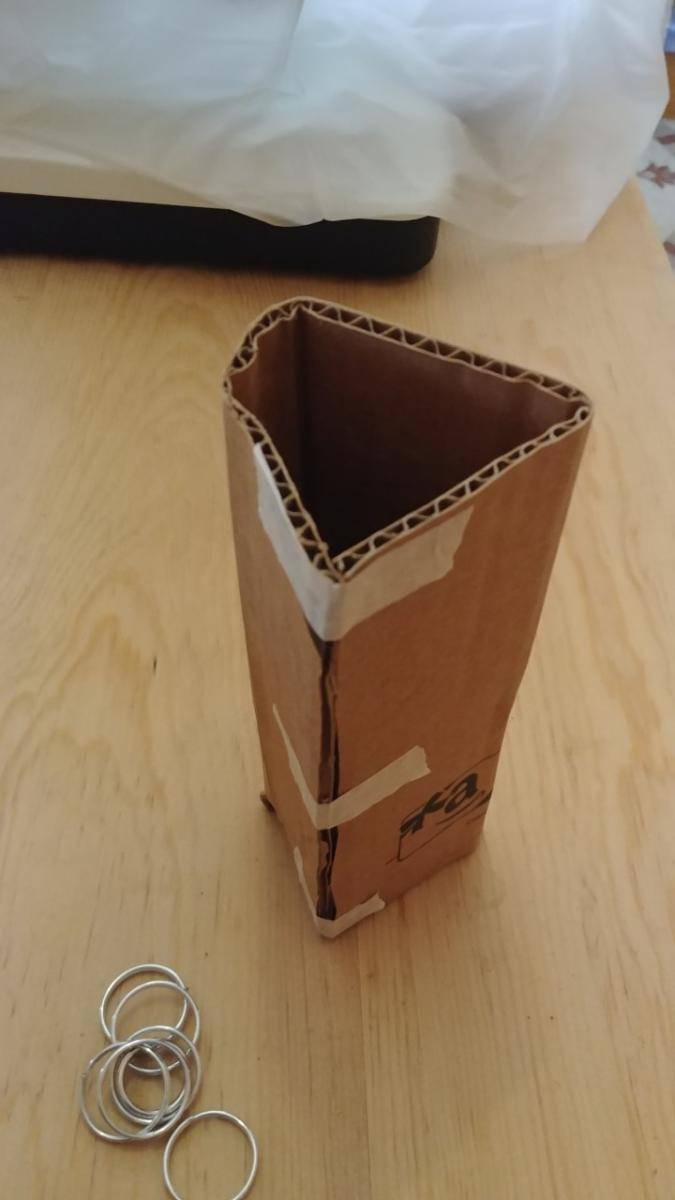Alas, the lake is fairly contaminated from the inflow river - industrial waste.
-
ICMag with help from Landrace Warden and The Vault is running a NEW contest in November! You can check it here. Prizes are seeds & forum premium access. Come join in!
You are using an out of date browser. It may not display this or other websites correctly.
You should upgrade or use an alternative browser.
You should upgrade or use an alternative browser.
Local materials
- Thread starter Microbeman
- Start date
Continuing with using recycled materials, I use cardboard delivery boxes cut and folded into triangular shapes and taped with masking tape for larger cuttings. [I'll update with another photo] In the photo I am rooting hibiscus elatus trees. Once roots fill the space the masking tape is cut/removed and cardboard unfolded. The cardboard can then be fed to the worms.



Last edited:
Avocado?
What, where/....wait.
T
Teddybrae
IRONY, MM. IRONY! Sarcasm has an 'anger' component. Sarcasm is often sullen or resentful.
(Ha Ha! I 'm as 'picky' with word etymology as you are with organic growing. Oh the Irony of it all ... !)
(Ha Ha! I 'm as 'picky' with word etymology as you are with organic growing. Oh the Irony of it all ... !)
Teddy;
Perhaps you mean an 'infliction of meanness or insult' component rather than 'anger' component. It would be ironic if it ended up snowing on the man who moved south to escape snow. The man or someone else might then say sarcastically 'Well that was a good move'
The brilliant famous psychologist who helped so many with dementia ended up with Alzheimer's. = irony
I agree that your original statement about someone gardening organically but then jetting off somewhere is ironic but if you are truly picky you'll see it was stated sarcastically because there was an insult of the person (gardener) involved.
I was an English teacher way before I was a biologist. Besides I'm not picky with organic growing. I use toilet paper rolls with glue.
Perhaps you mean an 'infliction of meanness or insult' component rather than 'anger' component. It would be ironic if it ended up snowing on the man who moved south to escape snow. The man or someone else might then say sarcastically 'Well that was a good move'
The brilliant famous psychologist who helped so many with dementia ended up with Alzheimer's. = irony
I agree that your original statement about someone gardening organically but then jetting off somewhere is ironic but if you are truly picky you'll see it was stated sarcastically because there was an insult of the person (gardener) involved.
I was an English teacher way before I was a biologist. Besides I'm not picky with organic growing. I use toilet paper rolls with glue.

So I bent some feathers in my backwards time warp so....
back to plants
First off a big reward to the one who identifies this plant. At first I thought an interesting weed, then perhaps a tree, then maybe Jack's bean stalk. Anyway it grows like an old barn on fire and tomorrow it dies (I hope)
baby dearest
View Image
outgrowing citrus tree
View Image
cut in half
View Image
a true monster
View Image
View Image
That plant looks like Amaranth, especially the first, smaller pic. It gets that horizontal color banding when younger that can change to vertical it seems. Comes in lots of sizes, I have a four ft dwarf one that volunteered all over the garden last year, so lots of amaranth here this year.
On the quackrass/ nutgrass issue, one good thing about nutgrass is that it will show you where there is excess moisture, at least it shows up that way for me. Can let you know of leaky lines or poor drainage.
St. Phatty
Active member
IRONY, MM. IRONY! Sarcasm has an 'anger' component. Sarcasm is often sullen or resentful.
(Ha Ha! I 'm as 'picky' with word etymology as you are with organic growing. Oh the Irony of it all ... !)
It took a long time to understand sarcastic humor.
Had an acquaintance who was so full of sarcastic comments.
But sarcasm can be funny without being dark-hearted.
That plant looks like Amaranth, especially the first, smaller pic. It gets that horizontal color banding when younger that can change to vertical it seems. Comes in lots of sizes, I have a four ft dwarf one that volunteered all over the garden last year, so lots of amaranth here this year.
On the quackrass/ nutgrass issue, one good thing about nutgrass is that it will show you where there is excess moisture, at least it shows up that way for me. Can let you know of leaky lines or poor drainage.
That would have been nice but I saw no flowers or grain. Can they go forever without making a seedhead?
The sedge showed up when I was watering a lot to germinate grass and clover. However my front yard is quite damp and rich soil. Lots of worms.
No clue. They live in my worm bins. Where do you get them?
That would have been nice but I saw no flowers or grain. Can they go forever without making a seedhead?
The sedge showed up when I was watering a lot to germinate grass and clover. However my front yard is quite damp and rich soil. Lots of worms.
Yeah, the flower would have been a dead giveaway. I’ve never seen one not make a flower, the volunteers I have this year from last years hybrid vary a lot in size, but they all make at least a small seed head.
TychoMonolyth
Boreal Curing
God damn... i never thought of my own alfalfa patch! Good move!
God damn... i never thought of my own alfalfa patch! Good move!
MM was showing his off first. Give him credit.
I just found this one.
I had seen it before. Thought it was some sort of clover until I looked close.
Didn’t plant it. Didn’t tend it.
I need to plant more.
TychoMonolyth
Boreal Curing
MM was showing his off first. Give him credit.
I just found this one.
I had seen it before. Thought it was some sort of clover until I looked close.
Didn’t plant it. Didn’t tend it.
I need to plant more.
Troutman buys clover which is smart. It starts sprouting the minute you tell it it's going on the ground.
Rico Swazi
Active member
Sounds lovely.
The world could use a few more self described “assholes”.
What the world really needs is a thinning of the herd, starting with polluters of the earth and working down the list.
Sorry to hear of the pollution MM, pictures can be deceiving. Municipal water been tested?
I keep thinking how delightful this world would be if the ancient aliens came back and gave the earth a great big EMP (electromagnetic pulse) sending us all back to the 1800s.
A world where people use local materials with emphasis on growing their own alfalfa, clover, nettle, horsetail instead of what is currently being done to grow their food and herb.
Re: sedge , has this been mentioned?
https://www.texasgardener.com/pastissues/mayjun06/weedwars.htmlLandscape fabrics sold as groundcovers vary in their ability to block out nutsedge. Woven fabrics are not very effective but the nonwoven spunbonded polypropylene products have performed quite well in university trials. The emerging nutsedge shoots have trouble punching through the tangled mat of fibers in these groundcover fabrics. Dupont Typar 307 and 312 (3 oz. per square yard weight) rated the most effective in a university trial.
These fabrics are usually pinned down to the soil tightly which is fine for nursery and landscape beds where you are dealing with "normal" weeds. Experience at the organic farm mentioned earlier showed that if a standard type of groundcover fabric was held down by soil over the fabric or any weight holding the fabric down firmly the nutsedge could punch through. If on the other hand it was allowed to float on the surface and only attached to the soil at the sides the weed could not punch through the loose cover.
These fabrics allow water to move through. Thus the nutsedge tubers sprout beneath the fabric during the warm days of summer and starve to death trying to reach light (remember we must have no mercy!). Sections of nutsedge-infested soil covered with fabric (not weighted down) for about a year have showed no nutsedge regrowth after several years now since the fabric was removed.
The loose landscape fabric technique is in my opinion the best way to manage nutsedge in a vegetable garden. You just have to be patient and leave some areas fallow for a year while the fabric does its work. I suggest laying a thick layer of leaves on the soil surface and then laying the fabric over the top. The leaves will decompose so when the fabric is removed the soil can be tilled up and planted. Then move to a new area the next year. Experiment with this technique to see how it works for you and if a year proves to be long enough to kill the tubers or if the tilling brings up some deep buried tubers that did not yet sprout. I think you'll find it to be very effective. Should some nutsedge show its ugly head you know what to do, right?
I do something similar using dryer felt from the local paper mill.
weakens the plants so that the grass mulch has an easier time doing its thing.
Article says fallow for a year but perhaps you could get by doing strips and planting crops between like shown


